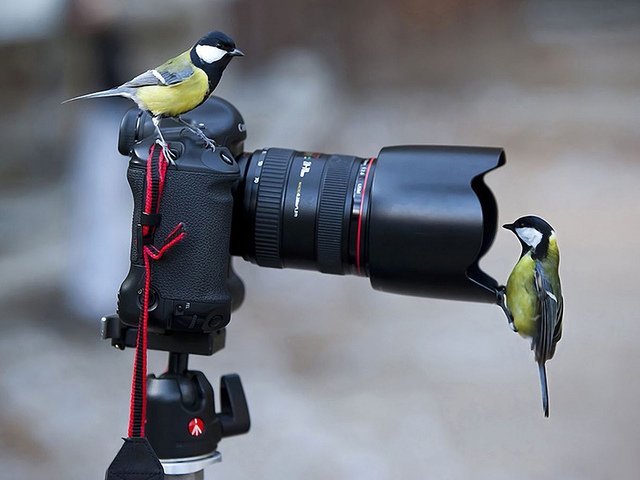Of course, there are no average bichons. Each one is extraordinary and irreplaceable. Especially if he’s your dog.
I recently returned from vacation to find my son, his wife and both their bichons at my house. They were there, they told me, because Maxwell, the older dog, needed emergency gallbladder surgery.
Max, a 13-year-old dog, is calm and sweet-tempered, so gentle and pleasant a companion you can forget he is a dog. I have long maintained that Max is better company than most people.
But now he was suffering. While Jack, their 3-year-old dog, had met me at the door with the usual exuberant barking, Max had remained on the sofa beside my son, whimpering fretfully.
Tom and Amy are
crazy about these dogs, so much so that when they married,
both bichons were included in the ceremony. Max, part of Amy’s life since her folks brought him home when she was 12, was the ring bearer. Jack was the “flower dog.”
Jack and Max aren’t just dogs. They’re regarded as beloved family members. And when a beloved family member needs life-saving surgery, you don’t sit back and “let nature take its course.” You take him to a hospital.
My son and his wife had taken Max to their local Baltimore veterinarian. An X-ray revealed that his gallbladder needed to come out before it ruptured, endangering Max’s life. The best place for this difficult surgery was the University of Pennsylvania Veterinary Hospital. So they got in the car and drove to my house in the Philadelphia suburbs. They planned to take Max to the emergency room the next day.
A risky operation and an elderly dog. Not a promising combination. Even if the surgery was a success, there was a 30 percent chance of life-threatening post-op complications.
“How much will this cost?” I asked. “And who’s going to pay for it?“
“Six thousand dollars,” Tom said. “Maybe more, if there are complications. We’re splitting the cost with Amy’s parents.”
“I’m in for a third,” I found myself saying.
I’m not a wealthy woman. I work, part time, at a public library. But I loved that dog. And expensive dog repair is less expensive if you split it three ways.
“Are you nuts?” one friend asked when I told her about it.
“We’re hoping to buy Max two more good years,” I said.
“He’s an old dog,” she chided. “You’re missing an opportunity to teach your son a valuable life lesson. There comes a time when you have to let go.”
We didn’t want to let Max go. We wanted to try to save his life.
Was this crazy? “Would you pay $6,000 for a 70 percent chance of buying two extra years of life for an elderly dog?” I asked my dog-owning friends.
“In a heartbeat,” one said.
“No way,” another said. “When it’s time to go, it’s time to go. You grieve. Then you get another dog. Preferably from a shelter.”
Another friend admitted that when the vet told her a couple of years ago that her ailing Shih Tzu needed an expensive procedure to save his life, she had blurted: “Do whatever you have to do! I love this dog even more than I love my husband!”
“And I really do love my husband,” she told me sheepishly.
I grew up in the 1960s. My sister and I loved Lady Gweneviere of Shrewsbury, our scrappy Sealyham terrier, but she was never our “canine sister.” She was “the dog.” Gwen slept in the laundry room. She wasn’t allowed on the furniture. And when her health began to fail, Dad took her to the vet and had her “put to sleep.”
But times change. Even though it still remains in his nature (unlike a human sibling) to take a dump occasionally on the living room rug or chew up a library book, the 21st-century dog has received an upgrade, from pet to family. And pricey life-prolonging surgery is definitely an option.
We took Max to the vet hospital the next day, so weak that we carried him in, wrapped in a blanket. They took him into surgery. After the three-hour procedure, the vet called to tell us things were worse than we had thought.
“Max came through the operation beautifully,” she said. “But his gall bladder had already ruptured.” She had removed it and repaired the damage as best she could. But a full, uncomplicated recovery was even less likely.
Max would spend the next 24 hours in the canine intensive-care unit. With his own round-the-clock I.C.U. nurse.
When we were finally able to visit Max, we expected to find him helpless and weak. But he trotted briskly into the waiting room, accompanied by the vet who had performed the surgery. “He’s doing great,” she said. “He’s our favorite patient. Everyone loves him.”
We were as high at the sight of our dog, tail wagging and on his feet again, as Max was on the methadone they had given him for post-op pain.
A mere six grand for bringing our guy back from death’s door? A bargain!
Max continued to beat the odds, going through the three perilous post-op days without a hitch. He is now out of the hospital, recuperating with Amy’s parents, who are spoiling him rotten.
We paid the whopping hospital bill with no regrets. Max, alive and well, is worth every penny. Even if he hadn’t made it through, knowing that we had done all we could for him would have been worth that price. More important, the whole experience has made me very hopeful about how Tom and Amy are likely to treat me when I’m old and frail.
And the peace of mind I get from that?
Priceless.
Roz Warren (
www.rosalindwarren.com) is a mild-mannered librarian, humorist and dog lover. Connect with Roz on Facebook at

































